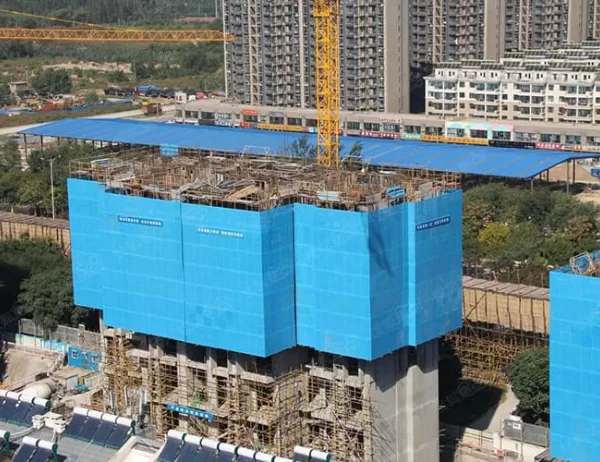The Environmental Impact of Aluminium Alloy Tubing: A Comprehensive Analysis
Introduction
Aluminium alloy tubing is widely used in various industries due to its high strength-to-weight ratio and excellent corrosion resistance. However, its production and disposal have significant environmental implications that warrant careful consideration. This article aims to provide a comprehensive analysis of the environmental impact of aluminium alloy tubing, exploring various aspects from extraction to recycling.
Extraction and Processing
Aluminium is extracted from bauxite ore through a complex electro-chemical process known as electrolysis. The process requires large amounts of energy, primarily from fossil fuels, and releases greenhouse gases, including carbon dioxide and hydrofluorocarbons. Furthermore, it generates waste materials such as red mud, which can leach toxic pollutants into waterways during storage.
The manufacturing of aluminium alloy tubing involves melting and shaping the aluminium ingots. This process consumes additional energy and releases more greenhouse gases. Additionally, the use of cutting and forming tools can generate metal shavings and other scrap materials, contributing to waste streams.
Aluminium alloy tubing is transported to various locations for fabrication and use. Transportation by land, sea, or air further increases greenhouse gas emissions. The carbon footprint associated with transportation depends on the distance, mode of transport, and fuel efficiency.
At the end of its service life, aluminium alloy tubing faces various disposal options. Landfilling is a common practice, but it can contaminate soil and groundwater with heavy metals. Incineration releases harmful pollutants into the atmosphere. However, recycling offers an environmentally friendly alternative by recovering aluminium for reuse, significantly reducing energy consumption and greenhouse gas emissions.
Recycling Process
Recycling aluminium alloy tubing involves collecting scrap metal, sorting, and melting the aluminium to produce new products. Compared to primary production, recycling requires significantly less energy and emits fewer greenhouse gases. However, the recycling process itself can generate waste materials such as dross and slag, which require proper disposal.
Environmental Benefits of Recycling
Recycling aluminium alloy tubing has numerous environmental benefits. It conserves natural resources by reducing the need for bauxite mining. It saves energy by using less electricity than primary production. Recycling also reduces greenhouse gas emissions and air pollution. Additionally, it minimizes landfilling and incineration, preventing environmental contamination.
Conclusion
The environmental impact of aluminium alloy tubing is multifaceted and significant. From extraction to disposal, various processes contribute to resource depletion, greenhouse gas emissions, and waste generation. While recycling offers a sustainable solution, it is essential to optimize the recycling process and promote wider adoption. By understanding the environmental implications and implementing responsible practices, we can minimize the impact of aluminium alloy tubing on our planet.




